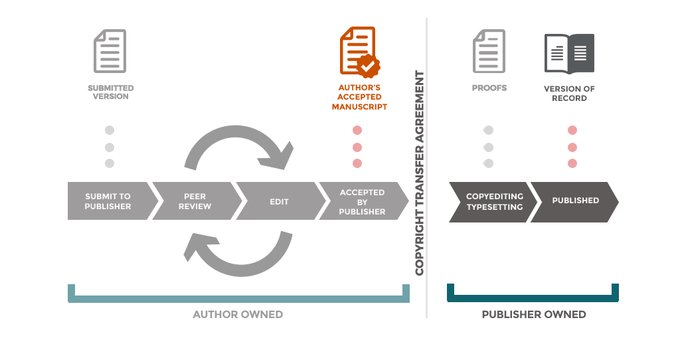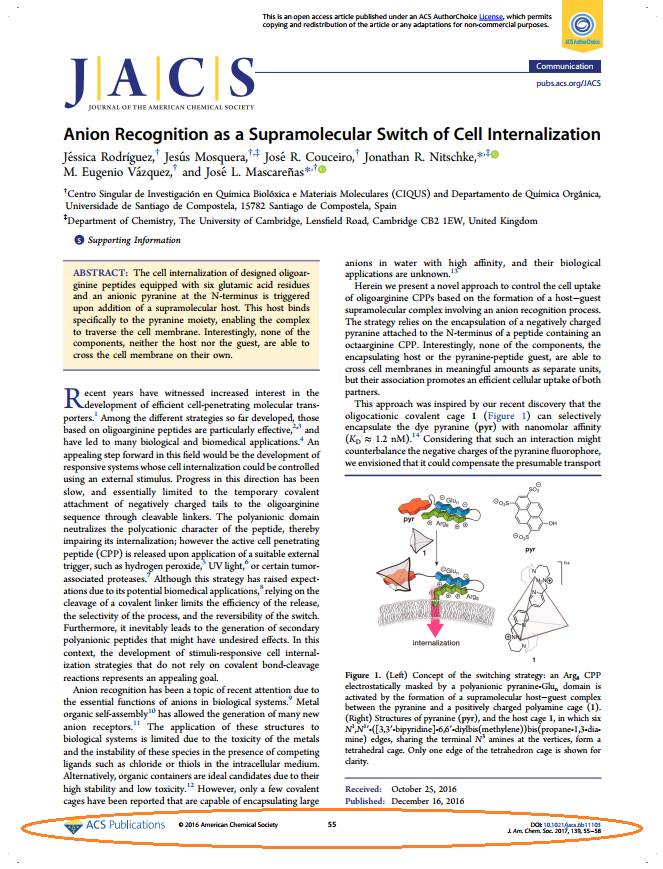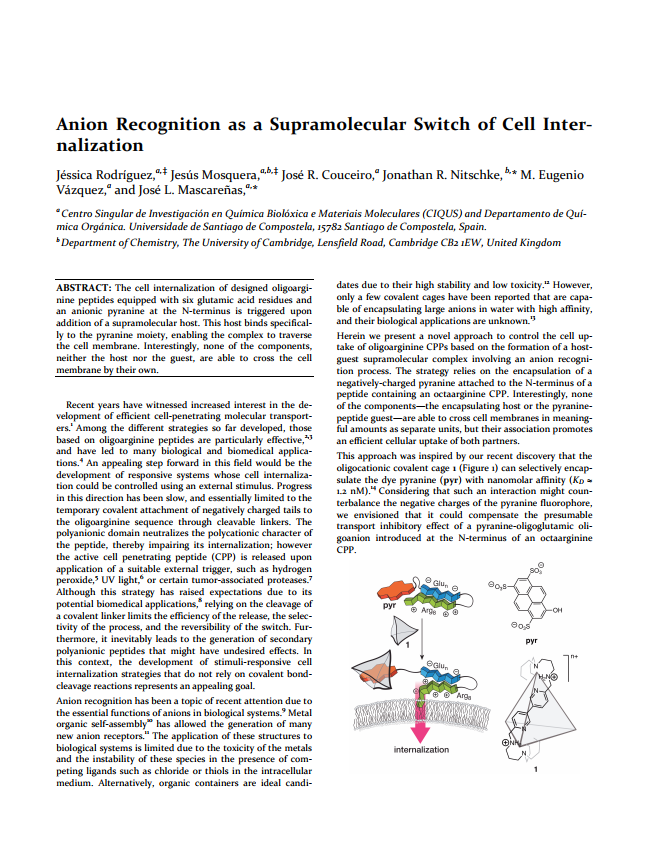Author Accepted Manuscript (AAM): what is it?
The author accepted manuscript (AAM) refers to a specific version in the lifecycle of a scholarly publication, typically a journal article.
The AAM can often be legally made available in Open Access via Biblio (if necessary after an embargo). For that reason, it is important to be able to distinguish the AAM from other versions of a publication.
The publication lifecycle
A scholarly publication typically goes through various iterations or versions before reaching the final stage of formal publication.
- The publication process starts with a manuscript submitted for publication, conforming to the publisher's submission requirements.
- The original manuscript is then usually revised during one or more rounds of peer review, until it gets officially accepted for publication (i.e. the AAM).
- Next, the publisher formats, typesets and copy-edits the accepted manuscript and has it proofread.
- The end result is the final published version, also called the version of record (VoR).

For a single article that has gone through the publication process, multiple versions therefore exist, and these differ from each other in minor or major ways.
AAM: definition
The NISO/ALPSP Journal Article Version Technical Working Group formally defines the AAM as follows:
“The version of a journal article that has been accepted for publication in a journal. A second party (…) takes permanent responsibility for the article. Content and layout follow publisher’s submission requirements.” (NISO-RP-8-2008, p. 2)
AAM: alternative names
The author accepted manuscript is also known under various alternative names.
English
- Accepted manuscript (AM)
- Accepted version
- Author’s accepted manuscript
- Author’s manuscript
- Final author version
- Post-refereed print
- Postprint (version)
Dutch
- Auteursversie
- Geaccepteerde versie
AAM: how to recognise it?
An AAM version of a journal article has not yet been through copy-editing, typesetting and copyright marking from the publisher. In other words, the AAM is the FINAL version, AFTER peer review and the corresponding corrections.
The easiest to recognise AAMs are simple text files (e.g. a PDF or Word document), without any layout features. A literal statement of ‘accepted manuscript’ might appear somewhere in the document, but this is not necessary. Documents carrying the label ‘pre-proof’ and documents with ArXiv identifier (only when linked to a published A1 or A2 article) are also considered AAMs.
Templates
Sometimes an AAM already looks a bit like the published version, however, because the authors had to use a publisher template when submitting their manuscript.
Look out for the following visual clues to identify an AAM:
- No journal/publisher logo
- No citation details (page numbers, issue/volume numbers, DOI)
- No copyright statement, or an incomplete copyright statement (e.g. © 20xx *publisher name*)
For example, compare the published version (first) and the AAM (second) of the same journal article below.


Not an AAM
There are several document versions that look like the AAM, but aren’t.
Look out for the following visual clues to identify a FALSE AAM:
- document with track changes, comments and/or annotations still visible
- label or statement ‘preprint’/‘for peer review’/‘pre-publication version’ (unless the document has undergone peer review and was adapted accordingly)
- label ‘proof’ (A proof is a different version created as part of the publication process that includes copy-editing and typesetting from the publisher.)
- label ‘early view’ journal/publisher logo citation details (page numbers, issue/volume numbers, DOI)
- copyright statement
Source reference
The content and images for this research tip are adapted from M. Garnier (March 27, 2018), Manuscript detectives - submitted, accepted, or published? Licenced under CC BY 4.0.
More tips
- Author Accepted Manuscript (AAM): hoe verkrijg je het? (Publish)
- Author Accepted Manuscript (AAM): how to get it? (Publish)
- Biblio: overview of tips (Publish)
- Open Access: Which costs are covered by 0pen Access agreements (Publish)
Translated tip
Last modified Jan. 26, 2025, 8:15 p.m.